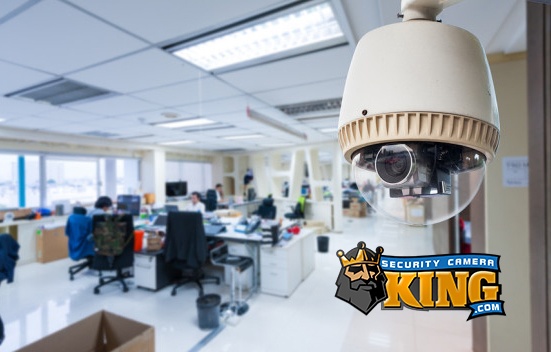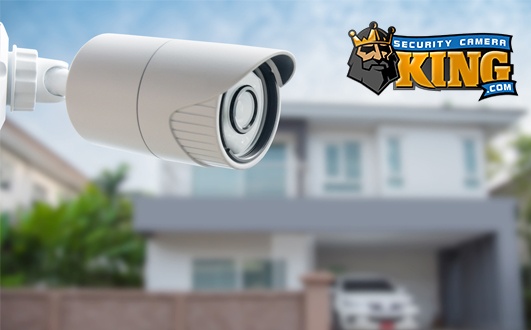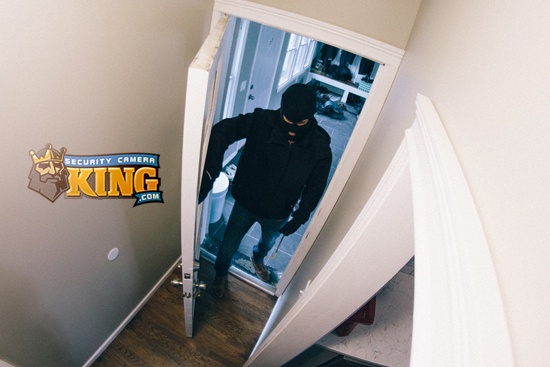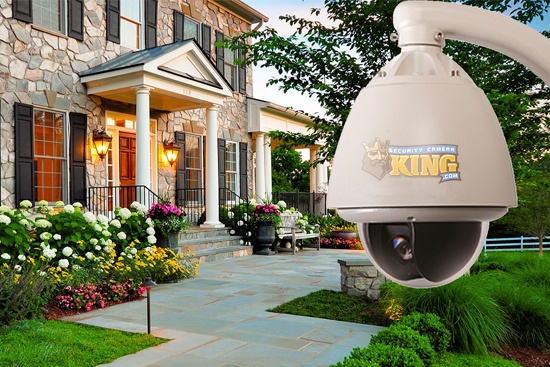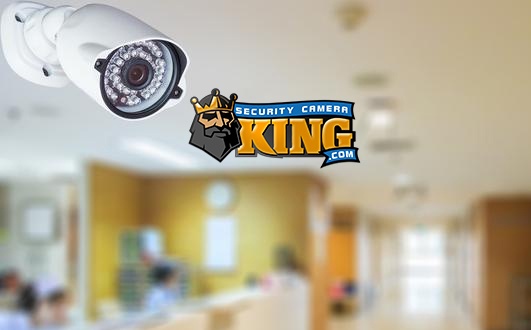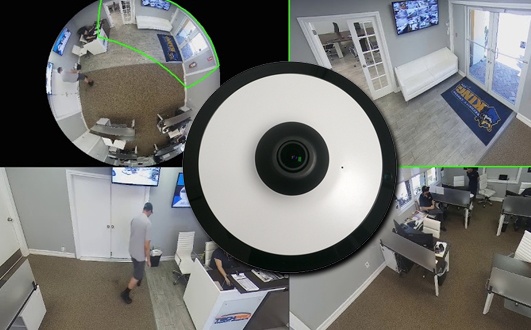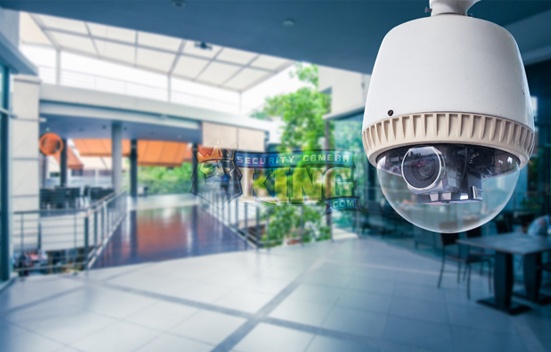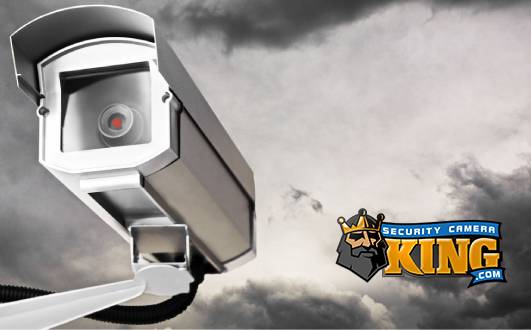
High Definition Composite Video Interface (HDCVI) is a brand new video transmission applied science in the CCTV world. This technology allows high definition video footage to be transmitted over coax cable at considerably longer distances than network based cameras. The overall cost of the HDCVI cameras are lower than most network cameras as well to further enhance their staying power.
The main feature that makes HDCVI cameras images so vibrant is the signal itself. The HDCVI technology modulates the image signal then transmits by using both base-band and quadrature amplitude modulation. Base-Band is a word that details signals that range of frequencies from zero hertz to a cut-off frequency or highest frequency signal. Digital base-band signal transfers the digital stream over baseband channels, normally an unfiltered wire such as coax.

Quadrature amplitude modulation differs in implementation as QAM uses both analog and digital modulation. It can use either two analog signal messages or two digital streams. This is accomplished by modulating the amplitudes of the two carrier waves. QAM high efficiencies can be achieved by setting size limited by the noise for communication channels. Another way of describing QAM is the amplitude of the two carrier waves are 90 degrees out of phase with each other in quadrature. Making the way the signals are carried equivalently viewed as both while being phased modulated into a single carrier.

This new way to apply the science QAM effectively separates the brightness signal and hue to enhance image quality. Also the separation of the signals diminishes the cross talk or external radiation that interrupts the signal.
Currently the two camera types available are 1920H and 1280H which translates to 1080P and 720P respectively. These cameras are using a technology that is actually a group of technologies used as one called Auto Signal Compensation or ASC. A video signal such as the standard NTSC (National Television System Committee) has different synchronization pulses used for the receiver scan timing. The features of a waveform are in the details of the synchronization. Synchronization occurs in the video lines of the sequential scanning of horizontal lines starting in the upper left corner then going right until all lines are scanned. The operation will happen hundreds of times depending on how many TV lines. Once modifications of the horizontal sync are complete vertical synchronization waveforms are initiated. The actual shape of the wave form is affected in this application, ultimately giving an extremely vibrant color display. If you take the anti-interference ability of the HDSDI science and compare it with the HDCVI, the HDSDI is fairly poor when operating in a high frequency radiation areas. Radiation by definition is electric magnetic waves. This is considerably different than nuclear or thermal radiation. Electro-magnetic waves come from all electric devices. A standalone air-condition unit is a perfect example. The AC compressors inside puts off enough electromagnetic interference to scramble the video signals traveling down the coax cable should the lines be too close. By separating carrier waves and changing their shape the signal becomes resilient to interference.
Another aspect of the signal usage was a realization that other signals can be embedded in the blanking zone. Blanking interval was originally designed to blank out the receiver to allow time for retrace in the receiver.
It’s first implementation was the closed captioning system in TV for example.

We can now use the vertical blank for something else called two-way data communication. The end to end transmission can support features for PTZ control. Other non PTZ cameras that support RS485 control can be used. These cameras’ OSD menu can be accessed without having to run extra control wiring same as the PTZ. You will no longer have to pull extra cable for PTZ control either. Originally installers would use Cat5 cable to get around that old limitation on the analog systems. I would use a pair of wires for video. Another pair of wires for RS485 control. Then splice the remaining 2 pairs to have 2 wires for positive and 2 wires for negative on power supply. That is a nice little work around, but at long distances that does not work as single strand wire is not thick enough to carry the amps needed. With the new implementation of ASC it makes communication for control available.
HDCVI equipment is similar to HDSDI equipment in that you can you use RG6 or RG59 and not have any problems. You can use you standard connectors without any special requirements or the need to find obscure vendors for the connectors. Using standard cabling and connectors will allow for the same level of ease for installation as legacy CCTV cameras.
Comparing HDCVI to HDSDI both technologies can transmit an image at resolutions of 1080P and 720P. For distance of signal transmission the HDCVI has an enormous advantage over HDSDI. HDSDI can reach about 100 meters or 320 feet. HDCVI can transmit up to 500 meters or 1600 feet. To put those numbers into perspective HDSDI can have the camera at one end of a football field and the DVR at the other end. HDCVI can reach 5 times as far. If you have a huge piece of property you need to get High definition cameras HDCVI is the way to go. Of course keep in mind power for the cameras are subject to the same restrictions of older technologies when it comes to alternating or direct current electricity.
HDCVI technology uses a peer to peer type of transmission. This means there is a continuous transmission with no creation of packets such as in IP based cameras. IP cameras are subject to the normal rules of data transmission. That means packets are created then transmitted over the Ethernet cable. The packets need to arrive in the correct sequence and be spaced evenly apart.

Issues with network congestion, configuration mistakes, and improper queuing for the data stream will result in choppy and degraded video display. Those issues are inherent of an IP based system. There are extra steps an installer can take to reduce the jitter problem, but that takes advanced knowledge of the cameras themselves as well as advanced knowledge of networking in general.
To recap the HDCVI cameras do operate much better than IP camera systems or HDSDI systems. The HDCVI provide mega pixel quality like the HDSDI and IP cameras. They are not subject to the same outside interference the HDSDI devices are or IP systems. HDCVI have able to go 5 times the distance for video transmission than HDSDI or IP. The new technology is as simple to use as legacy equipment is. Lastly you get Mega pixel quality at analog camera prices.
If you would like to know more about HDCVI, how it compares to IP and Analog and how to connect the system together, check out our What is HD-CVI page.



